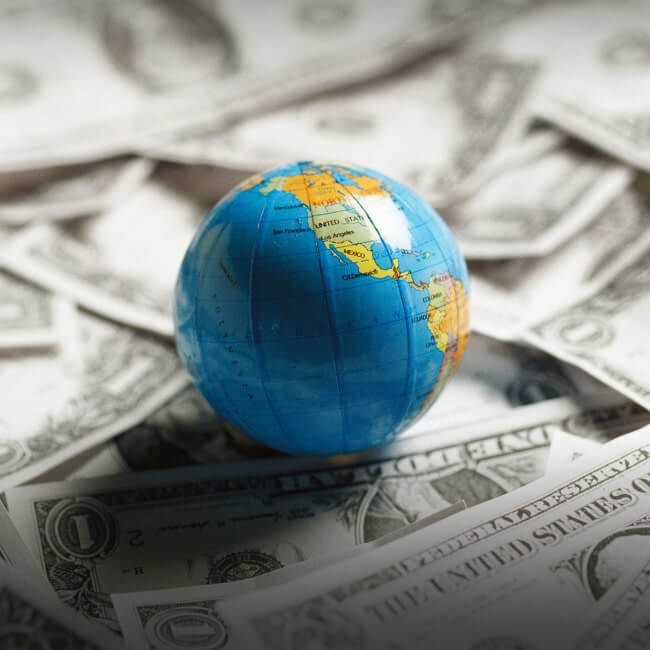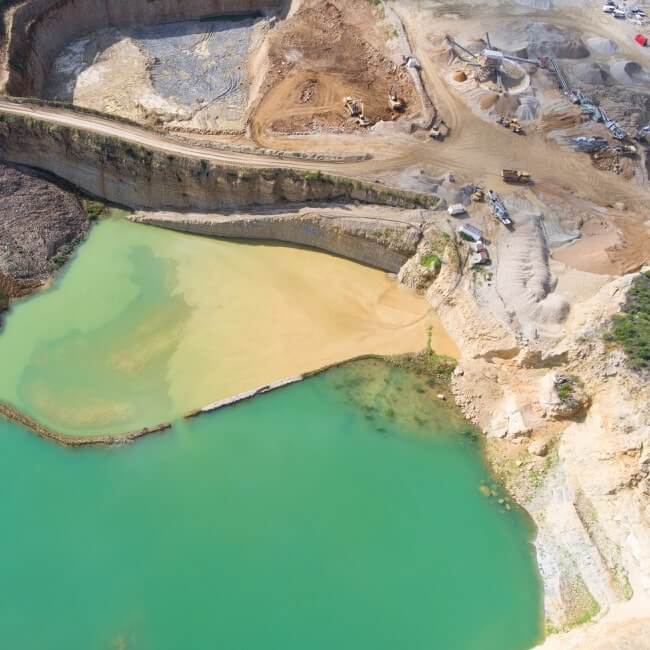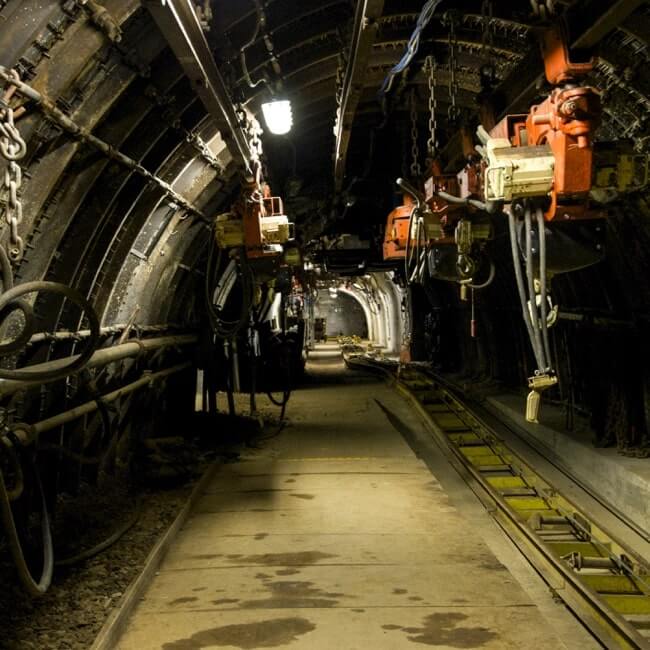Why Mexico's cement industry is upbeat about 2022

Mexico's cement industry remained on its feet during the pandemic because cement is a national product, according to the president of industry chamber Canacem, Yanina Navarro.
The solid position is expected to strengthen this year, as issues like sustainability become more prominent.
BNamericas spoke with Navarro about the challenges facing the industry and sustainability, among other topics.
BNamericas: Cement prices are at an all-time high. Will this situation continue or are reductions in sight?
Navarro: The chamber is considered an economic agent under the competition law, so we don’t handle anything about prices, nor do we ask for information, nor publish information.
Everything that has to do with the market per se is the subject of each business.
BNamericas: So how will Canacem deal with rising energy prices, the global supply chain crisis and logistics, among other difficulties?
Navarro: I can tell you these costs make up the price of an input, but I cannot say by how much, how or where.
Cement is going through the same cycle as other products. So the increase in energy costs, well [it affects] us and the entire industrial sector, it's all a matter of logistics. These are very transversal costs.
BNamericas: What’s the chamber’s growth perspective for this year?
Navarro: The [growth] trend that has been maintained specifically in the cement sector since 2018-19 with the same momentum.
In 2020, we were declared an essential industry. This allowed cement production to continue in the [pandemic] year. It did not have an impact, as it did in other industrial sectors, because the plants were kept in operation.
BNamericas: The pandemic didn’t have any impact?
Navarro: No. When we all went home, there was an increase in the sale of [cement] sacks, so we turned this situation around. In past years, the greatest consumption of cement was in bulk.
Cement is needed to make concrete, and there was much more demand for concrete in the market. At the time of confinement, everyone began fixing their house. With the [help] of remittances, people were able to do it … [and] this arrangement greatly favored the sale of sacks, which allowed [annual] production to show the same behavior as in 2019 and 2018.
BNamericas: How will this year turn out?
Navarro: It will follow the same trend; that is the behavior of recent years. All the information we have is public and derives mainly from [statistics agency] Inegi, so there you can see the production and what has happened from 2016 to date and you will see that the trend is very similar for all years.
For 2022, the expectations are that this behavior will be maintained.
BNamericas: What kind of relationship has Canacem with the infrastructure sector?
Navarro: The infrastructure sector is very broad. It’s very basic and very spacious at the same time. The cement sector directly impacts 32 branches of the production industry and indirectly 66, so cement, after water, is the most consumed product in the world … due to its resistant characteristics.
Everything else is like flour for a cake; cement goes hand in hand with infrastructure issues.
BNamericas: What’s the main reason behind the construction sector crisis?
Navarro: Construction and housing slowed down. But in this slowdown, what happened to us was that the sale of bagged cement increased, so that compensated.
The construction sector hit a brake, but it’s expected that this year, already being better accustomed to the behavior of the pandemic and market opening, at a global level, production supply chains will be opened. And little by little, this is having a certain dynamic despite the pandemic.
BNamericas: Why was the cement industry more stable during the pandemic, unlike the steel industry, for example?
Navarro: Steel is a commodity, so its price is subject to other conditions. The cement price … is very national because transport [requires] very specific conditions, as it is perishable.
You have to be careful with cement; it can’t get wet, it can’t be dampened. That’s why it tends to be very local and it tends to be very national and concrete is even more delicate because it [is useful] for only hours.
BNamericas: What challenges do you foresee this year?
Navarro: Without a doubt, economic reactivation, and what is expected with the openings, the vaccines ... everything that [enables market re-opening].
Another issue that we have pending is the environment. We are a sector that is very committed to sustainability. Work is being done on products, on innovation, on everything that’s responsible for sustainability, on circular economy issues.
We’re close to launching a roadmap for the entire sector and [aim] to find out, for example, what can be done from now to 2030 in the case of emissions and the commitment that each company reaches that 2030 goal in line with international agreements [like] the Paris Agreement.
BNamericas: Could you be more specific?
Navarro: Concrete is one of the best allies of sustainability. It has a very long life cycle, so you don't need to keep changing or repackaging or rebuilding. There is also a methodology with which it can capture CO2, greenhouse gases and they can be injected into concrete. That is proof that concrete is a sustainable element.
Concrete is one of the most visual examples in terms of the sustainability system, which is also global. We belong to the Global Cement and Concrete Association [GCCA], which [concentrates] all the cement and concrete companies that direct such efforts, working on pillars so that the cement sector worldwide can have this impact on the environment.
BNamericas: Is that CO2 capture technology already applied in Mexico?
Navarro: It’s already being applied. One example is co-processing, [which enables] finding alternative elements that are not fossil fuels and that can provide energy in the furnace. One co-processing process involves using tires from dumps. So instead of them ... being burned these very polluting fires with methane gases, you can take the tires, shred them and use them as energy in the furnace. They don't burn, it's not incineration because the heat is so high that they are converted into pure energy.
And regarding products, you can find several that are already on the market with characteristics that, due to their production, generate lower environmental impact.
BNamericas: What are your other goals?
Navarro: The idea is to work on projects that can define legislative issues, that is, propose certain works and initiatives.
For example, the environment and the distribution of garbage [dumps] are very peculiar, so we also need to approach the states and municipalities. Garbage collection, that's up to the municipality, so we have to approach them to go down this route, which this year will be very focused on the environment and generate this type of synergies so that … the industry here in Mexico can be reactivated.
BNamericas: What type of legislation is needed?
Navarro: It’s not that it’s missing, but perhaps needs adjustments. For example, this life cycle of materials is something that needs to be complemented with a works law ... [which allows project analysis in terms of possible] bidding terms if something is built with a longer life cycle, because [it doesn’t require] repairs, and that allows you to use a budget for other works.
We also have the complement for the circular economy law that has already left the senate and is in the lower house and that loop can be closed so we get better circulation.
This law truly allows you to recycle. [It enables] everything the circular economy stands for, resulting in better use of waste, better incorporation into the industrial sector and [a higher] percentage of alternative energy use.
Right now we have a limit to use alternative fuel, so we are going to look for this limit to increase.
BNamericas: Sustainability is the main objective?
Navarro: This year yes. Now everything [revolves around the] sustainability issue, which we believe is among the most relevant ones we are working on.
Subscribe to the leading business intelligence platform in Latin America with different tools for Providers, Contractors, Operators, Government, Legal, Financial and Insurance industries.
News in: Infrastructure (Mexico)
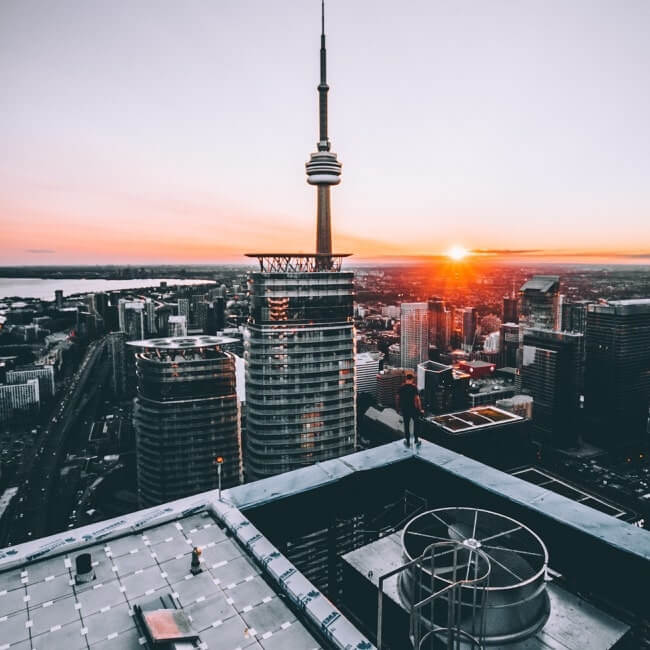
Adoption of plug-in hybrid and electric vehicles grows 84%
Adoption of plug-in hybrid and electric vehicles increases as charging infrastructure grows in Mexico.
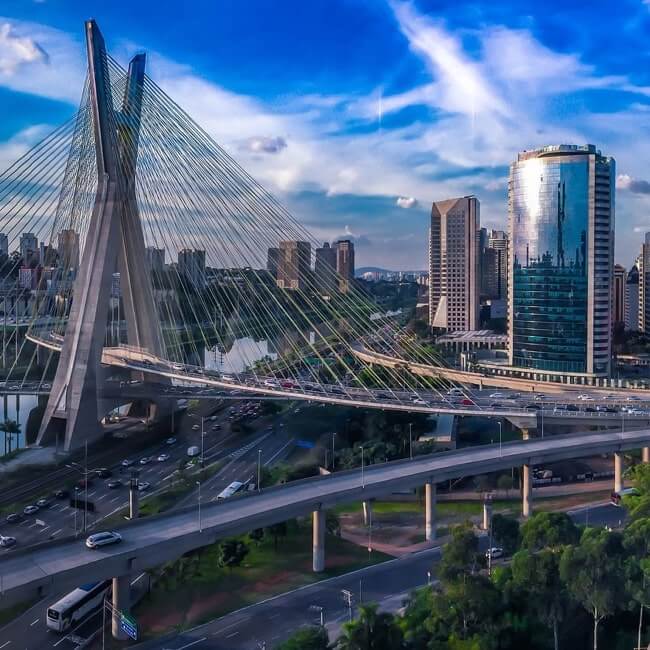
Mexico plans historic US$58bn rail investment
President Claudia Sheinbaum wants to have three new lines fully operational by the end of her term.
Subscribe to Latin America’s most trusted business intelligence platform.
Other projects in: Infrastructure (Mexico)
Get critical information about thousands of Infrastructure projects in Latin America: what stages they're in, capex, related companies, contacts and more.
- Project: Altar - Sásabe highway
- Current stage:

- Updated: 3 months ago
- Project: Modernization and expansion of Puerto Tampico terminals (ex New multipurpose terminal at Tampico port)
- Current stage:

- Updated: 3 months ago
- Project: Sky Train Baja (Tijuana - Rosarito Elevated Train)
- Current stage:

- Updated: 3 months ago
- Project: Atlacomulco - Polotitlan highway
- Current stage:

- Updated: 3 months ago
- Project: Expansion of the Guadalajara International Airport
- Current stage:

- Updated: 3 months ago
- Project: Rehabilitation and Conservation of the Toll Free Highway Network in Tejupilco, Ixtapan de la Sal and Toluca (Caminos del Sur)
- Current stage:

- Updated: 3 months ago
- Project: Mi Macro Periférico Expansion
- Current stage:

- Updated: 3 months ago
- Project: New Agustín O'Horán Hospital
- Current stage:

- Updated: 3 months ago
- Project: Elevated Viaduct Playas de Tijuana
- Current stage:

- Updated: 3 months ago
- Project: Mante - Ocampo - Tula Highway (Tam-Bajío)
- Current stage:

- Updated: 3 months ago
Other companies in: Infrastructure (Mexico)
Get critical information about thousands of Infrastructure companies in Latin America: their projects, contacts, shareholders, related news and more.
- Company: Fondo Nacional de Infraestructura (Fonadin)
- Mexico's national infrastructure trust fund, Fonadin, is a government agency responsible for coordinating the financing and development of communications, transport, water, envi...
- Company: Evaluación Integral de Obras Civiles, S.A. de C.V. (EIOC)
- The description contained in this profile was taken directly from an official source and has not been edited or modified by BNamericas researchers, but may have been automatical...
- Company: Proacon México S.A. de C.V. (PROACON México)
- Proacon México is an engineering firm that specializes in underground work, operating in areas such as rail tunnels, highways, water infrastructure and mining projects. The comp...
- Company: Desarrollo de Terracerías S.A. de C.V. (DETERRA)
- The description contained in this profile was taken directly from an official source and has not been edited or modified by BNamericas researchers, but may have been automatical...
- Company: Prodemex-Proacon-Desarrollo de Terracerías
- Prodemex-Proacon-Desarrollo de Terracerías is a consortium formed by the Mexican companies Promotora y Desarrolladora de México (Prodemex) and Desarrollo de Terracerías together...
- Company: Empresa Constructora Conaso S.A. de C.V. (Conaso)
- Mexican construction company Empresa Constructora Conaso S.A. de C.V. (Conaso) engages in studies, construction and installation of hydraulic and sanitary works in Mexico. Headq...
- Company: Texin S.A. de C.V. (TEXIN)
- The description contained in this profile was taken directly from an official source and has not been edited or modified by BNamericas researchers, but may have been automatical...
- Company: Grupo Cocomex
- Grupo Cocomex is a Mexican company engaged in developing infrastructure projects and participating in the concessions business and environmental engineering. The company has par...

